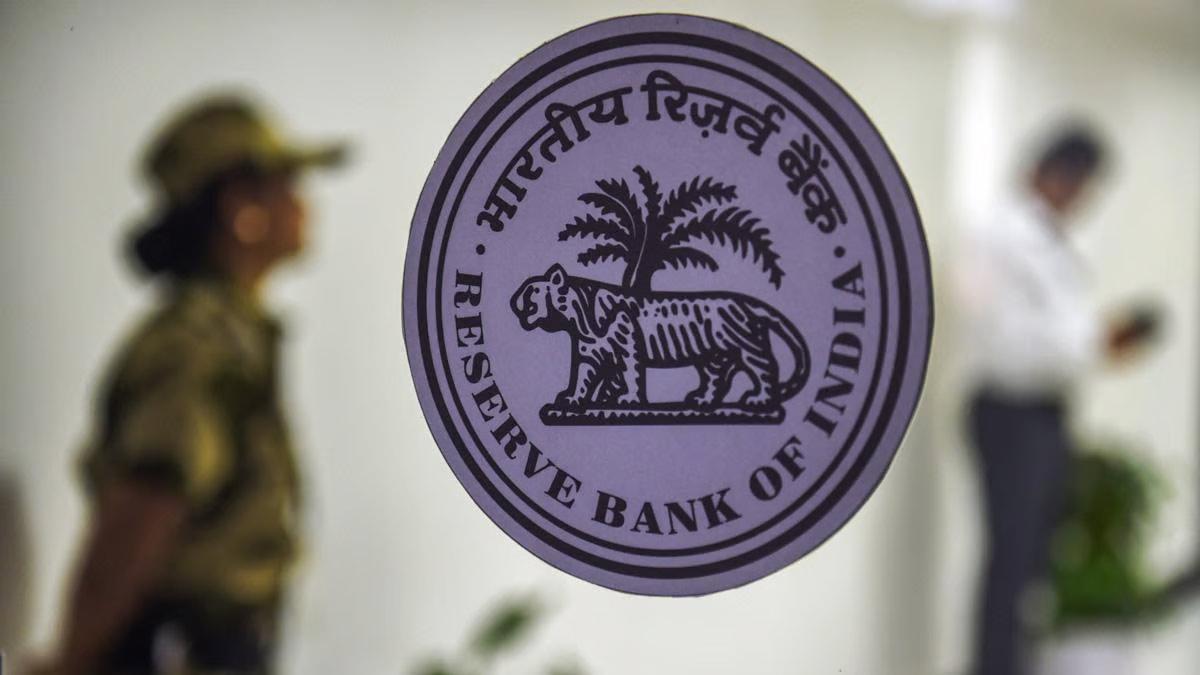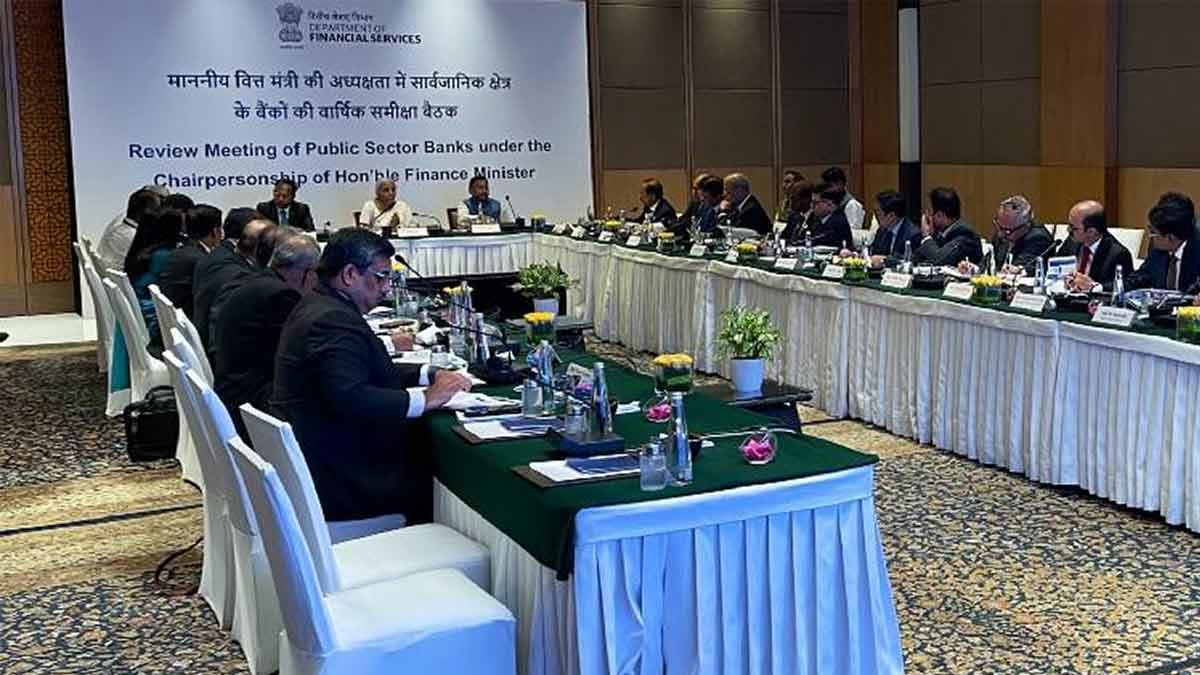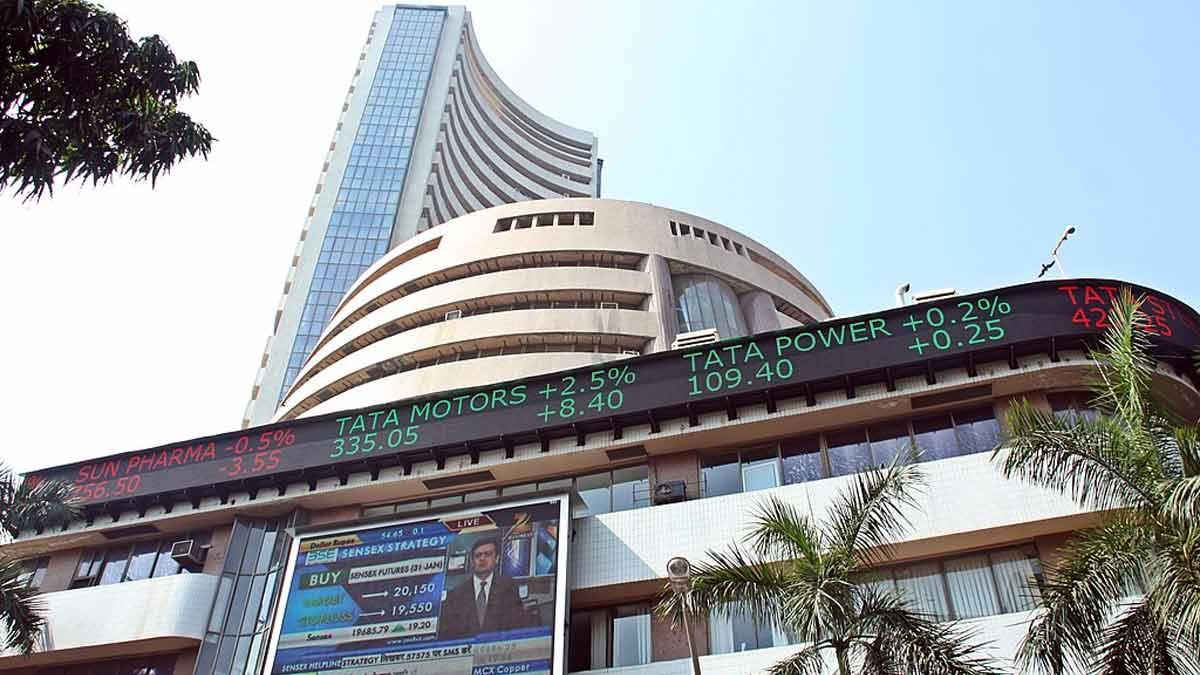Rated Indian renewable energy companies' credit quality can tolerate generation shortfalls in wind projects as the portfolio diversity into solar projects which are on a more solid footing have helped to offset this “underperformance,” according to a Moody’s report.
Rated issuers have adequate financial headroom in their credit metrics to absorb the moderate project underperformance, the report states.
Credit quality also benefits from companies' strong sponsors, including sovereign wealth funds, which in most cases have strong financial profiles with the ability to provide capital if required and have a history of support in times of stress. Significant underperformance of an individual project can lead to liquidity difficulties and thus in some cases may require parental support to meet commitments, it added.
“For fiscal years 2021, 2022 and 2023, the average shortfall of capacity utilisation compared to P-90 estimates (over 90% probability) ranged from -2.0 to -3.2 percentage points for wind projects, while capacity utilisation for solar projects was broadly in line. This translates to 8%-10% lower generation for wind projects in our rated portfolio, the Moody’s report states.
As a result of the lower generation, the EBITDA of rated renewable energy companies was lower by 2.5%-6.0% in last three fiscal years on an aggregate basis. However, all rated issuers have multiple projects, and their credit quality benefits from portfolio diversification, which reduces the impact of underperformance of individual projects. They also have adequate financial headroom in their credit metrics to absorb this project underperformance, the report added.
It said that solar power projects typically exhibit lower deviation than wind projects. Of the 21 gigawatts (GW) capacity of the eight pure play renewable energy companies we rate, 24% (or 5.15 GW) generated less than P-90 estimates for three consecutive years, of which 82% were wind projects and 18% solar projects. Wind projects on an aggregate basis have underperformed P-90 estimates for three consecutive years. In fiscal 2023, lower irradiance was responsible for 76% of solar project generation underperformance while curtailments contributed to another 19%. For wind projects, lower wind resources contributed to 86% of the underperformance in fiscal 2023.
According to the Moody’s report, geographical diversity helps mitigate project underperformance in certain states. In fiscal 2023, of the total underperforming solar capacity, 50% was in the state of Karnataka and 18% in the state of Telangana. Of the total underperforming wind capacity, 26% was in the state of Gujarat and 25% in the state of Andhra Pradesh in the same year. The risk of curtailments for wind and solar projects is more pronounced in certain states, like Karnataka and Gujarat, either because of delays to the building of linked transmission lines or some state-owned distribution companies not fully complying with priority dispatch for renewable energy projects, the report further explained.
ALSO READ | Nirmala Sitharaman calls for inter-governmental cooperation to prevent smuggling
ALSO READ | Thieves steal $100K worth of items from Apple store in US: Report


















